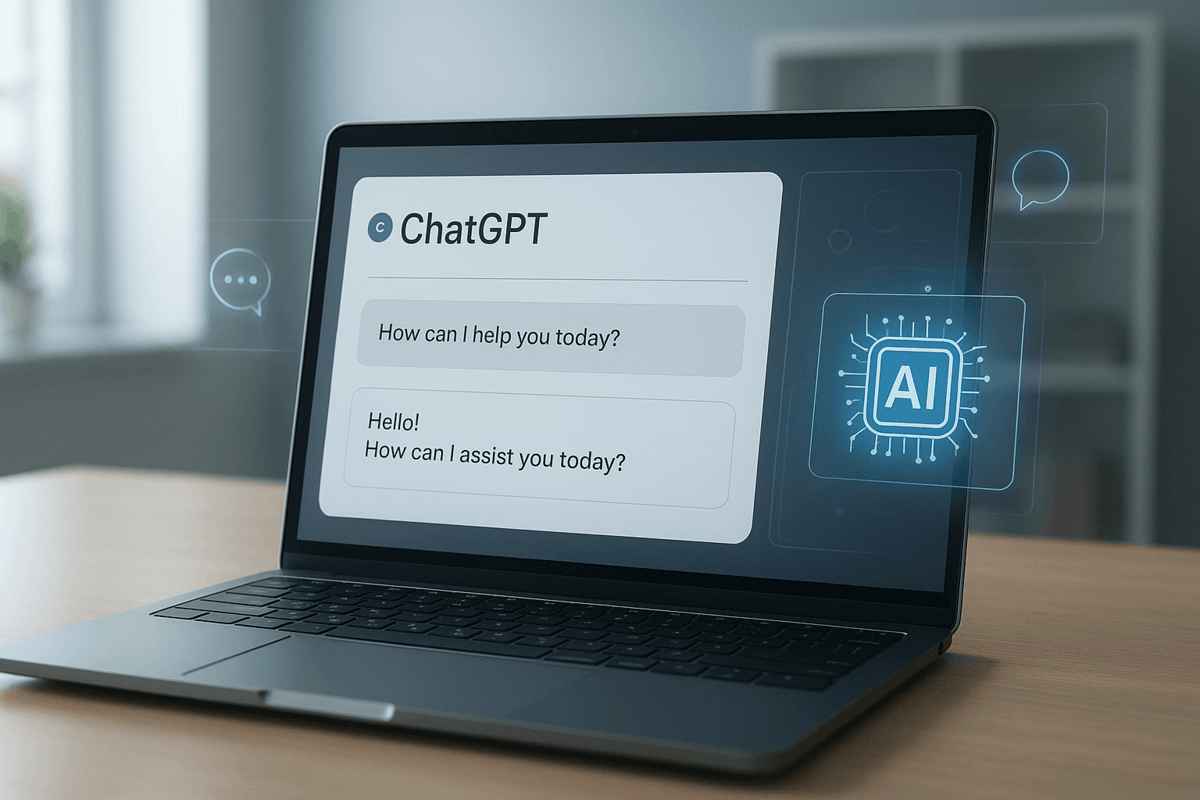ChatGPT AI Tool Review: Power, Features & Insights in 2025

Introduction
In today’s fast-paced digital world, staying ahead means tapping into AI tools that truly deliver. Users often struggle to find the right AI assistant for writing, data analysis, or creativity—prompting frustration and wasted time. Enter the ChatGPT AI tool review, where we explore how ChatGPT stands out in usability, versatility, and performance. Whether you’re a student drafting essays, a professional brainstorming ideas, or a developer debugging code, this review shows how ChatGPT solves real-world problems with ease. By the end, you’ll understand why ChatGPT remains a leading AI choice—and how to make it work best for you.

What Is ChatGPT? Overview and Evolution
Origins and Growth
ChatGPT, developed by OpenAI, is a conversational AI model that helps users with writing, brainstorming, coding, research, and more. Since its launch, it has evolved through GPT-3.5 to GPT-4o and the new Deep Research mode—enhancing multimodal capabilities and deeper reasoning.
Market Leadership
As of August 2025, ChatGPT dominates the global AI chatbot market with an ~81% share, peaking at 84% earlier in 2025. Competitors like Microsoft Copilot (~5%), Perplexity (~9%), and Google’s Gemini (below 3%) lag behind in user adoption.

Key Features & Strengths
Multimodal & Personalization — GPT-4o
GPT-4o supports text, image, and voice inputs and tailors responses to your style and needs, great for diverse users.
Deep Research Agent
Launched in early 2025, “Deep Research” enables ChatGPT to autonomously browse the web and create expert-level, cited reports within minutes—saving hours of manual research. Usage limits vary by tier.
Canvas for Creativity
ChatGPT’s Canvas feature allows users to iterate, revise, and visually structure projects—from planning to drafting in a flexible workspace.
Pros & Benefits
- Versatility: Effective for coding, writing, brainstorming, and research.
- Reliability: Many users (68%) consider ChatGPT the most trustworthy AI chat model.
- Efficiency: Studies show ChatGPT outperforms human annotators in text tasks—faster and cheaper.
- Innovation: Continually updated with features like Deep Research, Canvas, and multimodal capabilities.
- Wide access: Available across Free, Plus, Pro, Team, and Enterprise, scaling by user needs.
Cons & Limitations
Accuracy & Hallucinations
ChatGPT may hallucinate or cite incorrect info. Multitask evaluations show ~63% reasoning accuracy—meaning users should review outputs carefully.
Vulnerable to Manipulation
Research has shown its search tool can be influenced via hidden webpage content (“prompt injection”), potentially leading to misleading answers.
Shopping & Recommendations Confusion
Advanced shopping features (GPT-4o) are ad-free and metadata-driven, but inconsistent brand suggestions across AIs (only 17% alignment) may confuse users.
Not a Mental Health Resource
Authorities like the NHS warn against using ChatGPT as a therapy substitute—AI lacks emotional nuance and can inadvertently provide harmful advice.
Availability Issues
ChatGPT suffered a global outage in early September 2025, causing widespread disruptions.
Real-World Examples & Use Cases
Writing & Content Creation
Ideal for articles, blog posts, scripts, and content templates—used widely by creators and marketers.
Research Support
Deep Research produces cited summaries with speed and precision for students and professionals.
Coding & Development
Developers use ChatGPT for debugging, code generation, and walkthroughs through Canvas or prompt-based guidance.
Brainstorming & Planning
Whether prepping presentations or creative projects, ChatGPT excels in helping organize and iterate plans.

Tips & Best Practices
- Specify tone/style—using techniques like the “3-word rule” (e.g. “like a teacher”) improves clarity and personalization.
- Use Deep Research when needed, but track usage as quotas vary by plan.
- Verify facts, especially in sensitive or technical contexts.
- Avoid using for mental health counseling—refer to professionals.
- Set expectations—understand limitations and cross-check outputs.

Conclusion
The ChatGPT AI tool review reveals a dynamic, multifaceted assistant that excels in writing, research, coding, and creative workflows. From Deep Research’s investigative power to GPT-4o’s rich multimodal interaction, ChatGPT consistently sets the bar for AI tools in 2025. Yet, users must be mindful: verify facts, respect usage limits, and don’t rely on it for therapy. With thoughtful use, ChatGPT empowers professionals, students, and creators to boost efficiency and innovation. Ready to dive deeper? Try Deep Research on a real project, refine your prompts, explore Canvas—and see how ChatGPT unlocks smarter ways to work.
Try ChatGPT’s new features in your next project, explore our AI tool guide, or browse more reviews to compare.



